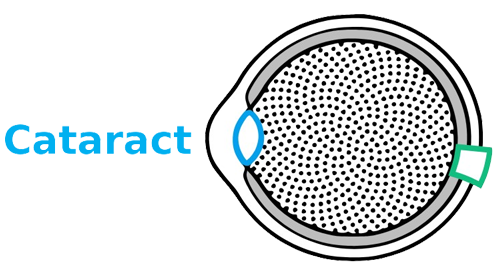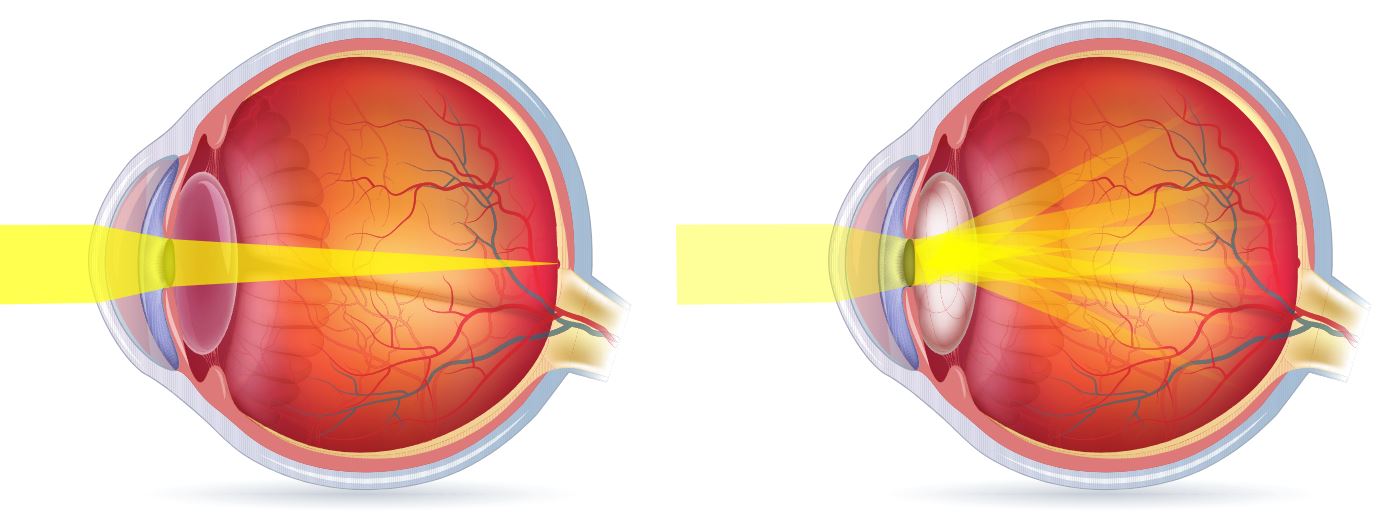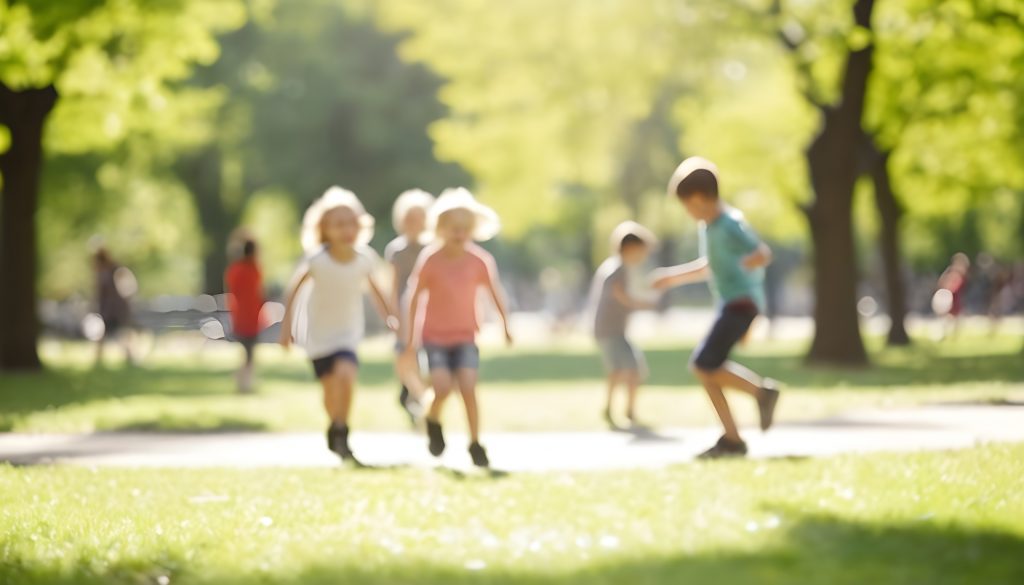

What is a Cataract
The eye is very much like a camera which has two lenses — the cornea and the crystalline lens. These help to focus images clearly on the retina, the photosensitive ‘film’ of the eye. With variations in eye size and shape, the image does not always focus on the retina and some people need spectacles (or contact lenses) to focus on distant objects.
When we are young, the crystalline lens can flex and changes shape to focus from distant to near objects. With age, it becomes less flexible (presbyopia) and one needs stronger spectacles to focus on close objects or read clearly .
With age, trauma or disease, the crystalline lens can become cloudy and is then called a cataract. If this interferes with normal vision, it can be removed during cataract surgery and replaced with a clear lens implant.

How do I know I have a cataract : – Cataract Symptoms
Cataracts can produce blurring of vision and / or glare from bright light such as car headlights. Patients often try to correct the blurred vision with spectacles and find that the vision remains blurred and/or they need to update to stronger spectacles every few months as the cataract becomes thicker.


If you have the above symptoms, and they are due to cataracts, they can be improved with cataract surgery where the cloudy lens is removed and replaced with a clear intraocular lens implant. Schedule an appointment with Mr Bhermi for an examination to confirm your diagnosis and discuss management options.
What happens at the initial consultation.
If you have been referred for cataract surgery, we often arrange various tests immediately before the consultation so that the information is available to Mr Bhermi during the consultation. Common tests include:
- Visual acuity – to assess how good your vision is before considering surgery
- Refraction – to assess the strength of your spectacle prescription (this is needed even if you don’t wear spectacles)
- Eye pressure check
- Biometry – to calculate the strength of lens implant required for cataract surgery
- Topgraphy – to assess the shape/curvature of the front of the eye
During your consultation, Mr Bhermi will discuss your concerns, examine your eyes and determine the best treatment option for your lens surgery. You will also have the opportunity to discuss premium intraocular lens optios and ask any other questions you may have. Please have a look at our Cataract FAQs and blog pages which address common questions.
Once we have agreed to proceed, we schedule surgery for a date which is convenient to you. This can be as early as a a week or two after the consultation.
